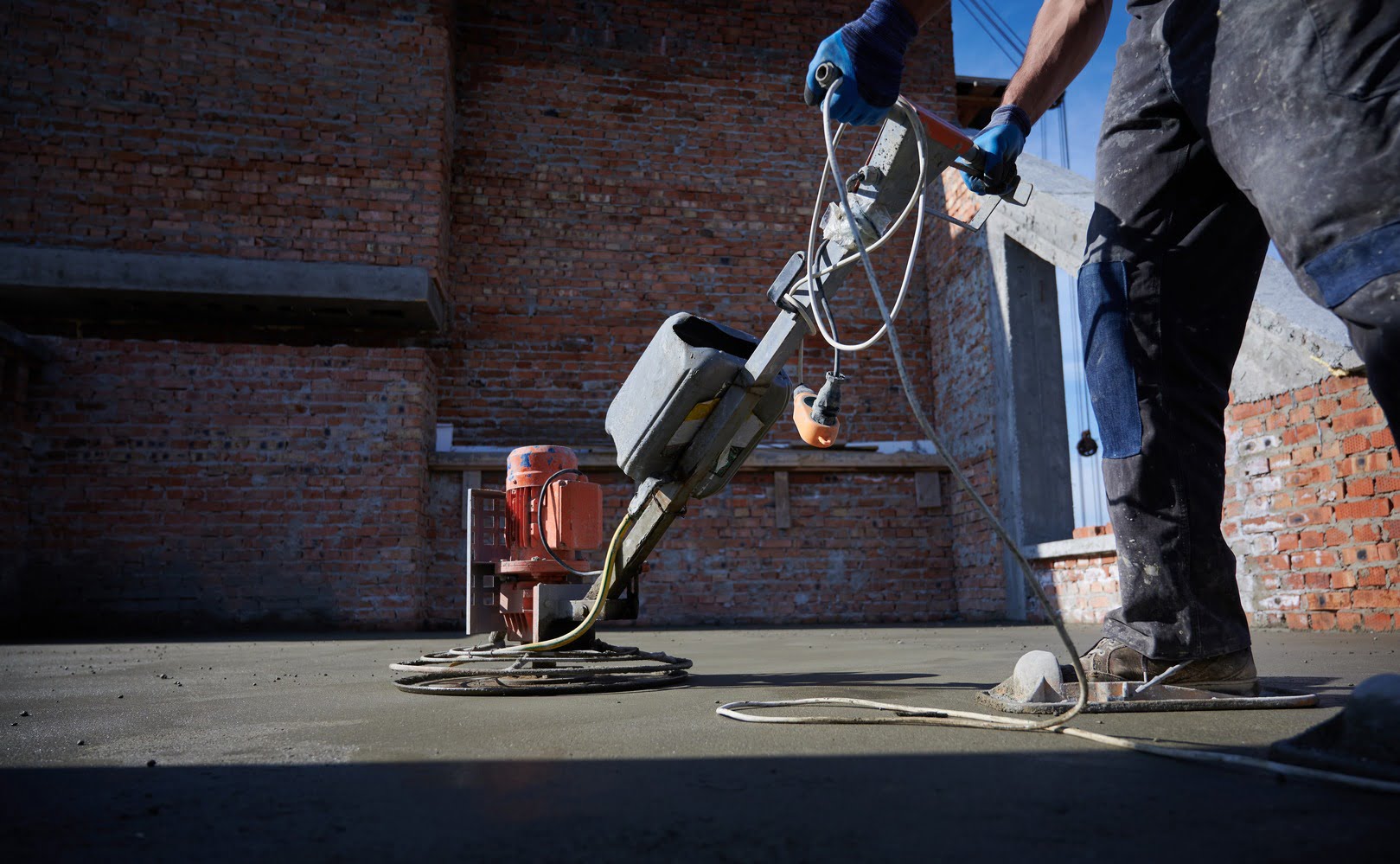Ever noticed uneven sidewalks or sunken slabs marring your property? Mudjacking, a versatile and cost-effective technique, offers a reliable solution. But before you unleash its lifting magic, let’s tackle the essential question : what material is used for mudjacking?
From understanding the basic process to navigating the diverse material landscape, this guide is your one-stop resource for mastering the art of mudjacking and restoring your concrete surfaces to their pristine state.
Table of Contents
- Understanding the Process of Mudjacking
- What Material is Used for Mudjacking?
- Factor Impacting Material Choice
- Conclusion
Understanding the Process of Mudjacking
Mudjacking is a fascinating process that works wonders in repairing uneven or sunken concrete surfaces, restoring them to their original state. Understanding this method involves diving into the intricate details of how it’s executed.
The process begins with an assessment of the affected area. A team of professionals identifies the sections of concrete that have settled or sunk, marking them for repair. This step is crucial to ensure accuracy and precision during the repair process.
Next comes the preparation phase. Small holes, typically about 1 to 2 inches in diameter, are strategically drilled into the concrete surface that requires lifting. These holes serve as access points for the repair material.
Once the holes are in place, a specialized mixture, commonly consisting of a blend of cement, soil, and other additives, is prepared. This concoction is then pumped under the sunken slab through the drilled holes. As the mixture spreads beneath the surface, it fills gaps, voids, and cavities, creating pressure that lifts the concrete back to its original level.
One key aspect of this process is the controlled nature of the lift. Technicians monitor the lift carefully, ensuring the concrete rises uniformly without causing any damage or stress to the surface. Once the desired elevation is achieved, the pumping stops, and the access holes are patched with a material matching the color of the concrete, leaving a neat and inconspicuous finish.
What Material is Used for Mudjacking?
Choosing the right material is key to a successful mudjacking project. Traditionally, a thick, creamy mix called slurry (made with sand, cement, and water) has been the go-to. It fills voids beneath the sunken slab, hardens, and provides long-lasting stability.
But lately, a new player has entered the scene: polyurethane foam. This lightweight material is like a tiny balloon that inflates upon injection, effectively lifting concrete slabs back to their original level. It also sets quickly, so you can get back to using your space in no time, and it’s resistant to moisture, protecting your concrete from water damage.
So, which one is right for you? It depends on your specific needs and budget. Slurry is the tried-and-true option, while foam offers faster results and better moisture protection.
Factor Impacting Material Choice
Choosing the right material for mudjacking hinges on several key factors that affect the success and longevity of the repair. These considerations play an important role in ensuring that the chosen material aligns perfectly with the specific requirements of the project:
Load-Bearing Capacity
The ability of the material to support the weight and pressure placed upon it is crucial. Different areas may have varying load-bearing needs, and the chosen material must withstand these demands without compromising structural integrity.
Soil Conditions
Understanding your soil’s composition and stability is crucial. Some soils shift or settle, requiring materials that adapt and offer stability.
Material Characteristics
Each material used in mudjacking has its own set of characteristics. For instance, concrete provides durability and strength, while polyurethane foam offers lightweight support. Assessing these traits helps in making an informed decision based on the specific needs of the project.
Curing Time
The speed at which the material sets and cures is another vital aspect. Projects may have time constraints or require quick usability, making materials with faster curing times preferable. Need your space back quickly? Opt for materials that set and cure fast, like polyurethane foam.
Environmental Considerations
Some materials used in mudjacking may have environmental impacts. Choose eco-friendly options to minimize environmental impact.
Cost Analysis
Budgetary constraints often dictate material choices. While certain materials may offer exceptional qualities, they might be cost-prohibitive for some projects. Balancing effectiveness with affordability is crucial in decision-making.
Accessibility and Availability
Availability of materials in the local market and ease of accessibility play a role in the selection process. Using readily available materials in your area can streamline the project and minimize logistical challenges.
Longevity and Durability
Evaluating the expected lifespan of the chosen material after mudjacking is essential. A material that offers long-term durability reduces the need for frequent repairs or replacements, contributing to cost-effectiveness.
Compatibility with Existing Concrete
Compatibility between the repair material and the existing concrete ensures a seamless integration, minimizing the chances of future issues or inconsistencies.
Expert Recommendations
Relying on the expertise of professionals in the field can provide invaluable insights. Experienced contractors can offer recommendations based on their knowledge and past successes with specific materials in similar situations.
Conclusion
With a clear understanding of mudjacking materials and the factors influencing their choice, you’re empowered to confidently tackle uneven or sunken concrete. Remember, choosing the right material is crucial for a successful and long-lasting repair. As they age and change, keep this guide handy—it’s your valuable resource for future mudjacking needs. And when the time comes, choose a qualified contractor like Ener-Spray to ensure a successful and lasting repair.
